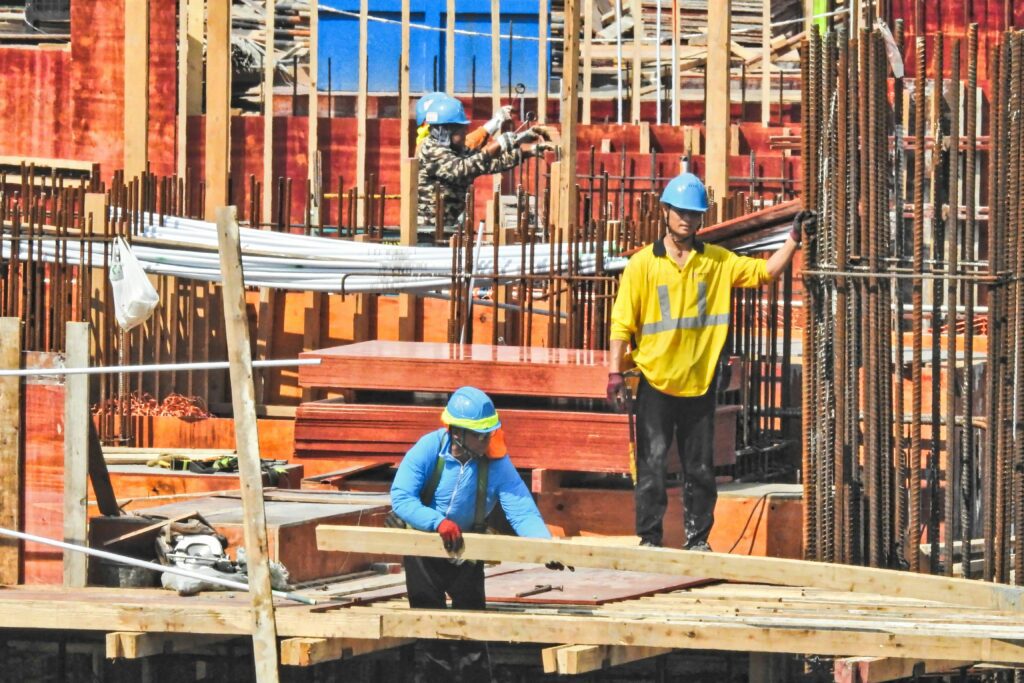Acclimatization: Safely Introducing New Workers to Hot Environments
Acclimatization: Protecting New Workers from Heat Stress
New employees, especially during their first week, are most vulnerable to heat stress. Whether they work in construction, manufacturing, agriculture, or kitchens, suddenly exposing workers to extreme heat can lead to serious heat-related illnesses or even death. It’s crucial to recognize that new workers are not yet accustomed to working in hot conditions, and without proper acclimatization, their bodies struggle to cope with the heat.
What is Acclimatization?
Acclimatization refers to the body’s natural ability to gradually adjust to environmental conditions, particularly to heat exposure. This adaptation process takes time and involves a series of physiological changes that help workers withstand higher temperatures. Acclimatization typically takes between 7 to 14 days of gradually increasing exposure to heat, and during this period, the body improves its ability to:
Sweat efficiently: The body becomes better at cooling itself by producing sweat at an optimal rate.
Stabilize core temperature: The body becomes more effective at maintaining a safe internal temperature, reducing the risk of heat stroke.
Maintain energy and performance: With proper acclimatization, workers are less likely to experience fatigue or exhaustion during physically demanding tasks.
Lower the risk of heat stroke or heat fatigue: By adapting to the heat, the body can withstand more extreme conditions without succumbing to the dangers of heat stress.
Without this adjustment period, workers are at a significantly higher risk of heat-related illnesses such as heat exhaustion, heat stroke, dehydration, and heat fatigue. These conditions can lead to severe health complications, including organ failure or death if not addressed promptly.
How to Build an Effective Acclimatization Program
A structured acclimatization program is essential to ensure that new workers can safely adjust to working in hot environments. Here are some key steps to create an effective program:
Start Slow for New Workers
Begin the acclimatization process gradually. On Day 1, start with 20% to 50% of the normal workload and increase exposure by no more than 20% each day. This allows the body to adjust without being overwhelmed by the heat. Avoid pushing workers too hard in the beginning; this gradual approach will help them build tolerance safely.Monitor Closely
Supervisors must pay close attention to new workers, especially during the first 3 days of exposure. Early signs of heat stress include fatigue, dizziness, confusion, nausea, and headaches. These symptoms should be taken seriously, and workers should be given immediate breaks to cool down and rehydrate. Monitoring helps identify individuals who may be struggling with the heat and enables supervisors to intervene before conditions worsen.Train Before the Heat Hits
Worker training should occur before the heat arrives, so workers are aware of the symptoms of heat stress and know how to react. Heat stress symptoms include confusion, weakness, and excessive sweating, which can indicate the onset of more serious conditions like heat exhaustion or heat stroke. In addition to symptoms, training should cover hydration practices, such as how much water to drink and when to drink it, as well as emergency response steps in case of heat-related illness.Use Buddy Systems
Pairing new workers with experienced employees who are familiar with the symptoms of heat stress is an effective strategy. Experienced workers can help monitor new hires, spot early warning signs of heat distress, and provide support during breaks. The buddy system enhances safety by ensuring that there is always someone looking out for the worker’s well-being, especially in high-risk conditions.Re-Acclimatize Returning Workers
Employees returning to work after vacations, illness, or long absences should also undergo a re-acclimatization process. Even experienced workers who have been away for an extended period can lose their heat tolerance. They should start with lighter workloads and gradually increase their exposure, similar to new workers. This helps them regain their physical conditioning and adjust to the heat more safely.
Quick Acclimatization Tips
Here are some simple tips to help workers acclimatize to heat more safely:
Provide Extra Water Breaks During the First Week
Dehydration is a significant risk factor in heat stress. Ensure that workers have frequent opportunities to hydrate during the first week of exposure, especially if they are working in extreme temperatures.Use Shaded Rest Areas for Cool Down Periods
Encourage workers to take breaks in shaded or cooler areas. Rest periods in cool environments give the body a chance to recover and regulate its temperature, reducing the risk of heat-related illnesses.Keep Records of Heat Training for All New Hires
Document the heat stress training for all new employees. This ensures compliance with safety regulations and serves as a reference for future training sessions. Regular documentation can also help track employee progress as they acclimatize.Adjust Workload Based on the Heat Index, Not Just Temperature
The heat index, which factors in humidity along with temperature, is a better indicator of how hot it feels to the body. Workers should adjust their workloads according to the heat index to ensure they are not overexposed to extreme conditions. For example, if the heat index is high, consider reducing physical demands, increasing break times, or rescheduling tasks to cooler parts of the day.
Invest in a Safer Start
Creating a structured acclimatization program doesn’t cost much, but it can save lives. The gradual approach ensures that workers, especially new hires, are prepared to handle the heat. Don’t throw your team into extreme heat unprepared—give them the time and support they need to build heat tolerance safely. Acclimatization protects workers, improves productivity, and most importantly, prevents heat-related fatalities.


